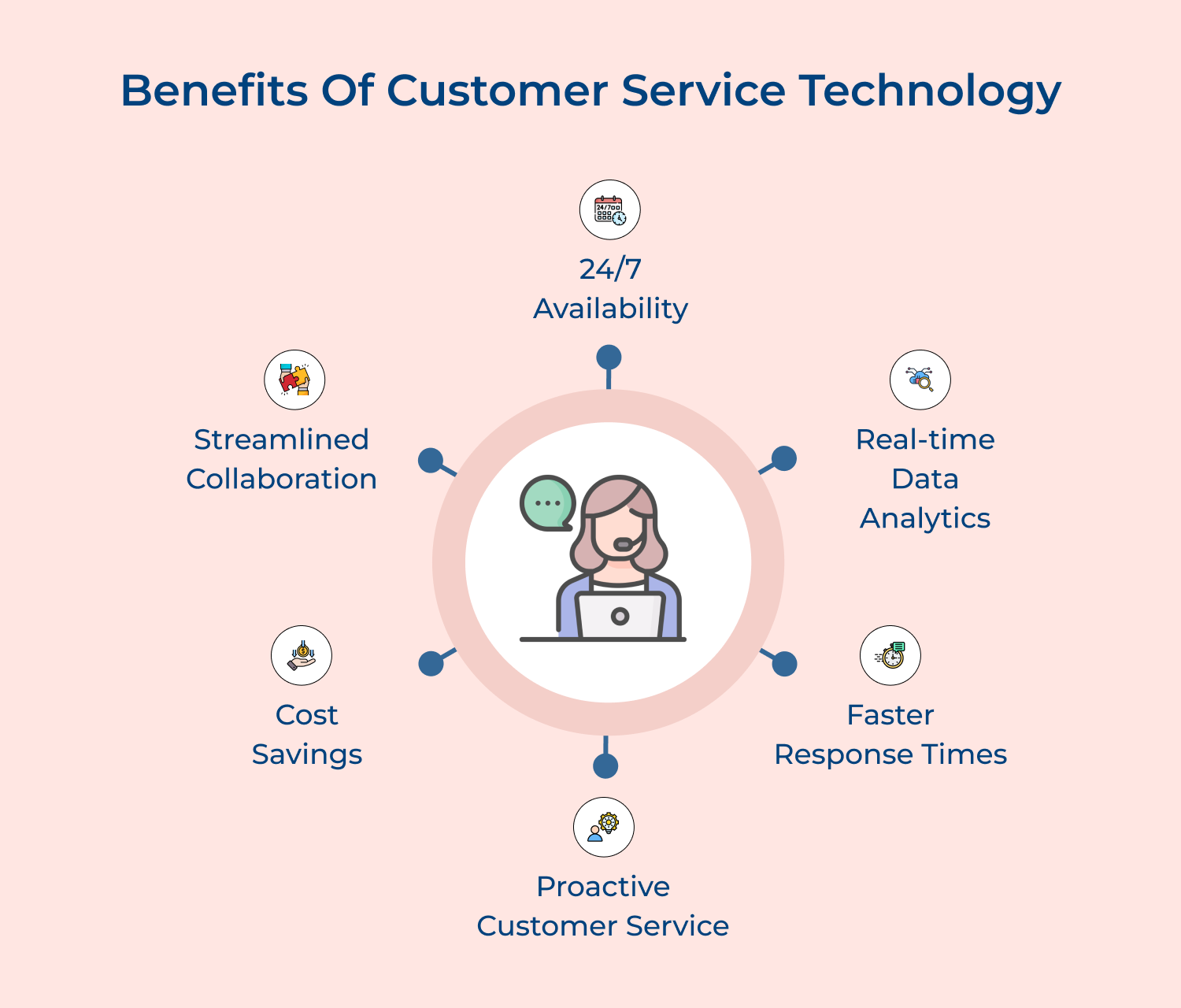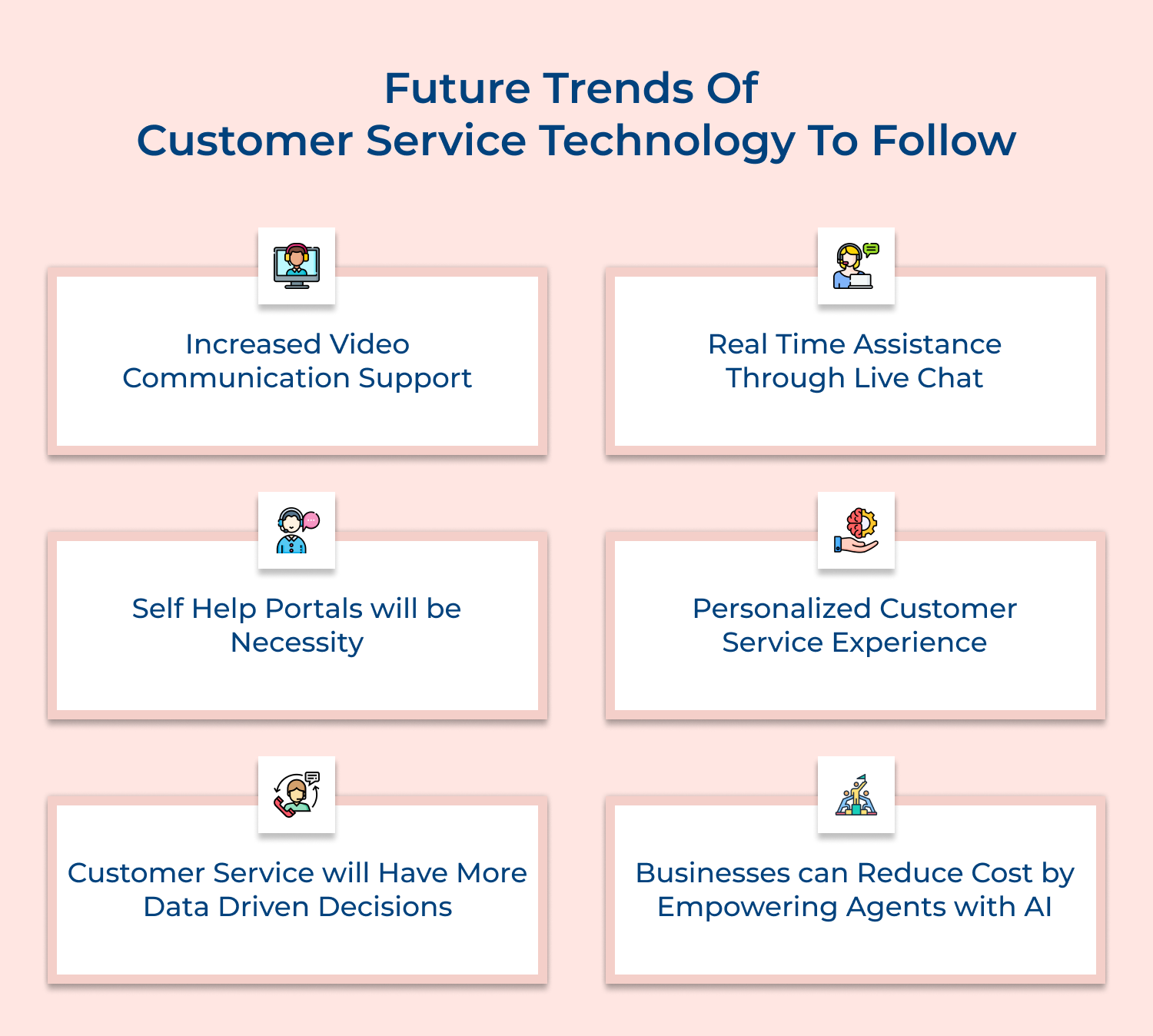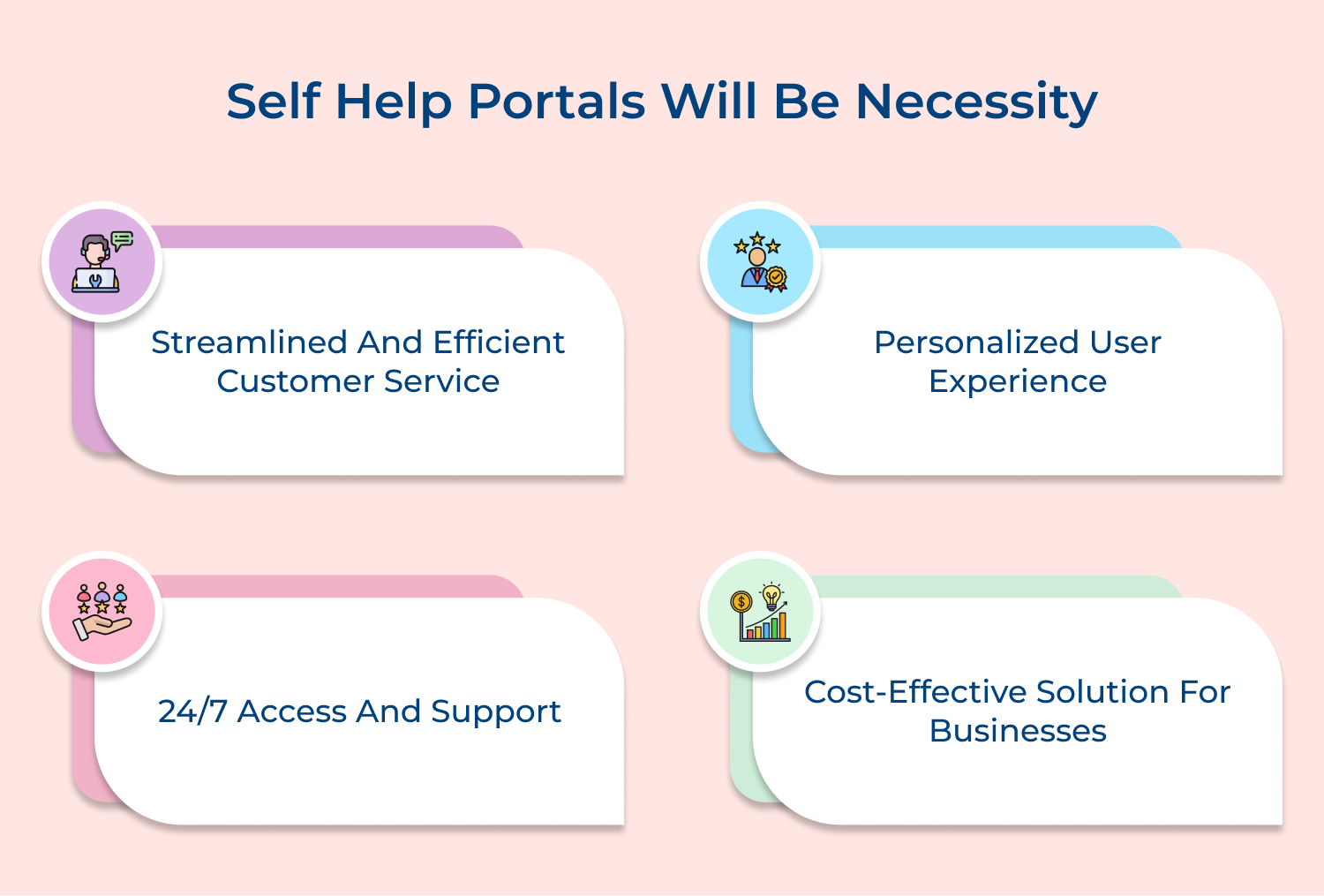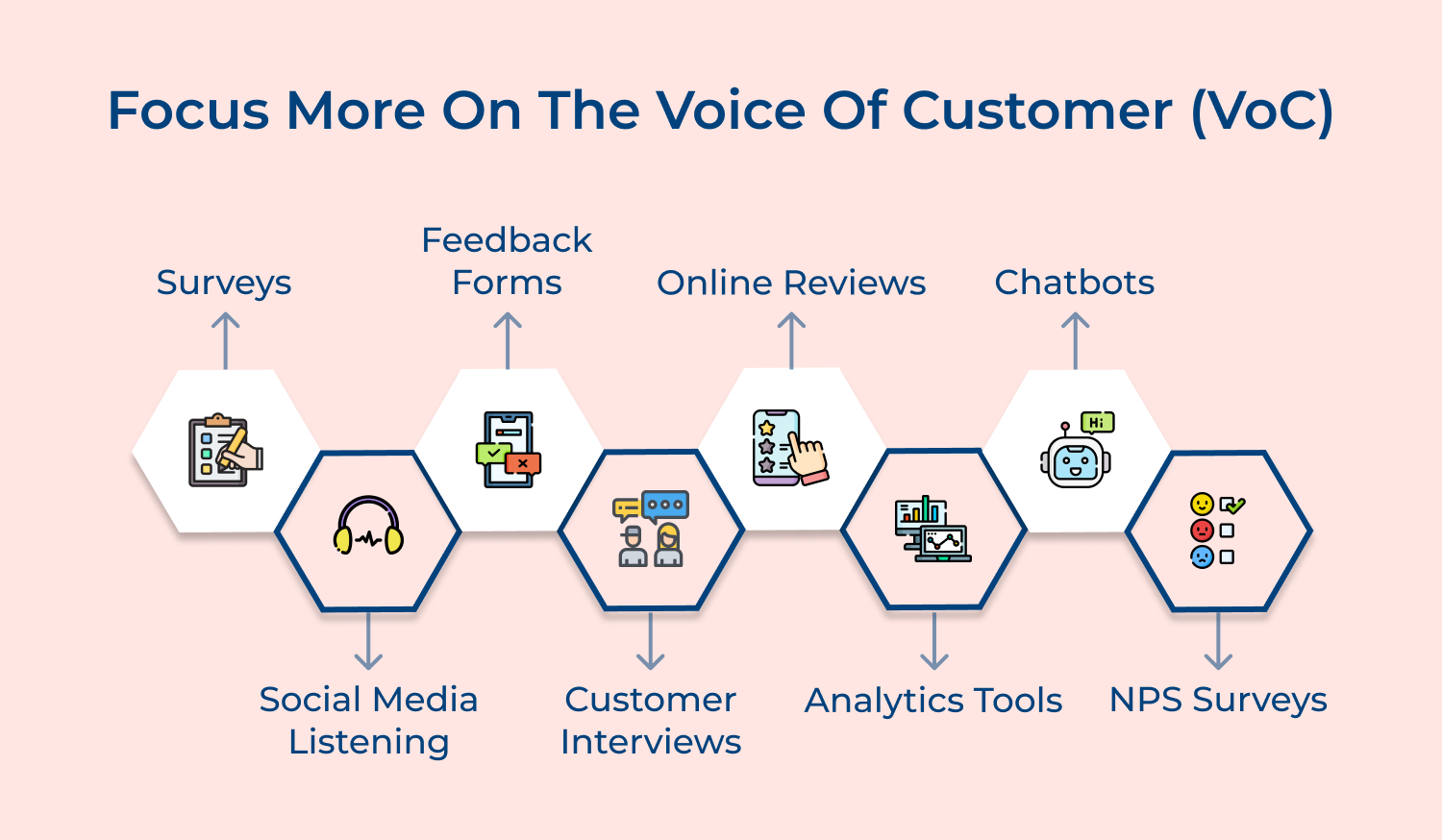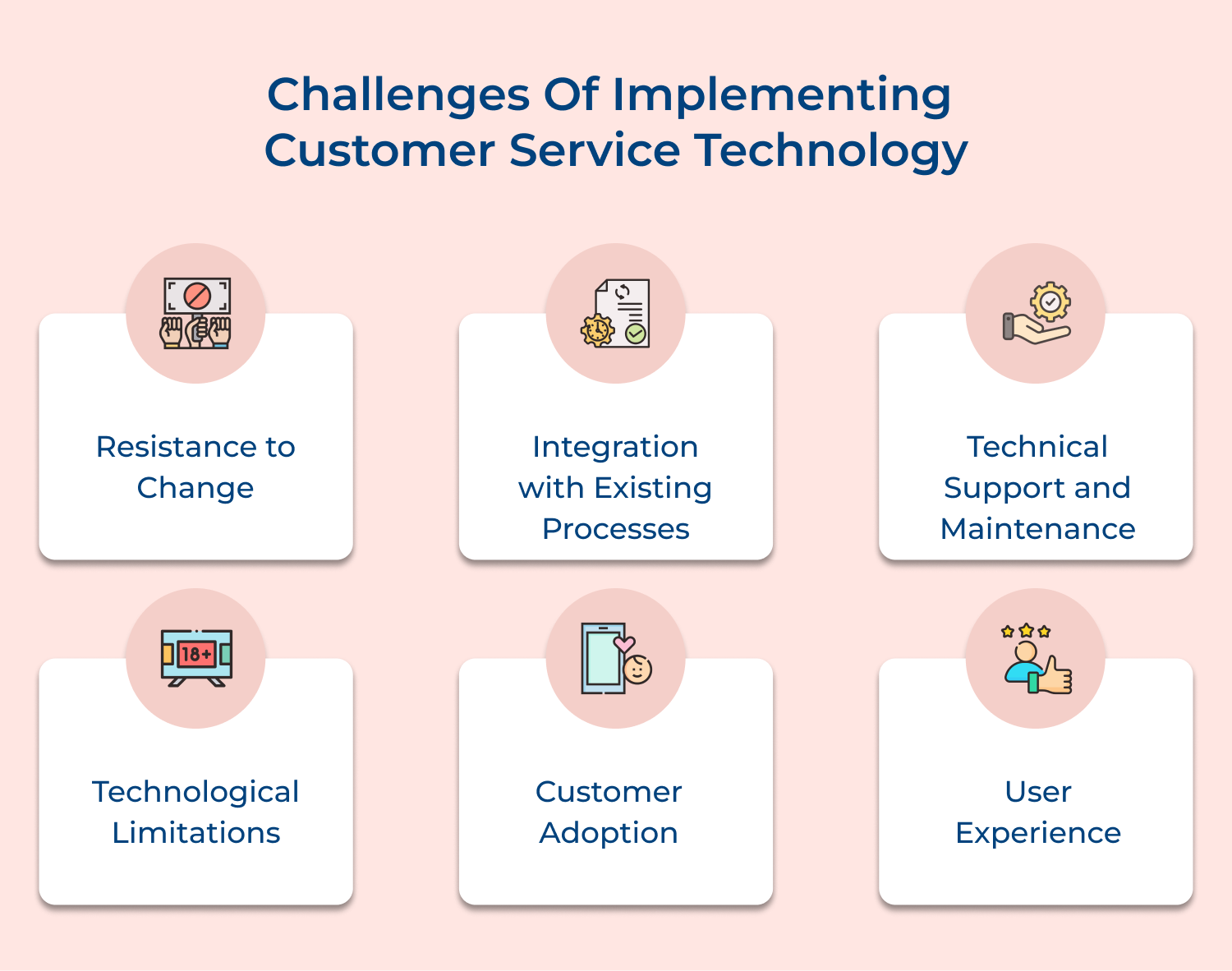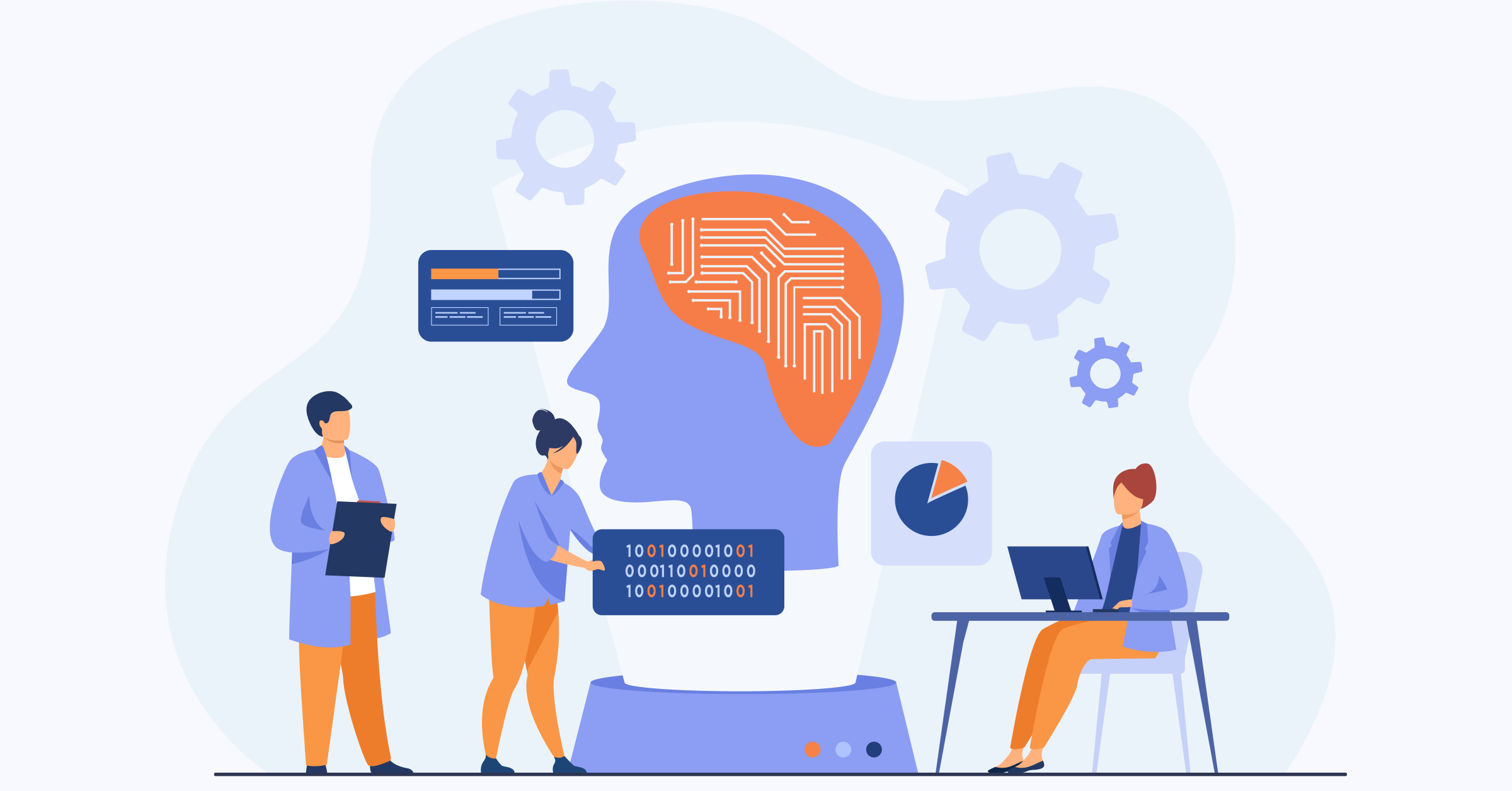Here are some pro tips:
- Keep it simple: Make sure the portal is user-friendly and easy to navigate with clear categories as well as search functionalities.
- Integrate with other channels: Connect the self-help portal with other customer service channels, such as live chat or social media, for a seamless customer experience.
- Monitor analytics: Track customer interactions on the portal to identify common pain points and continuously improve the content along with user experience.
4. Personalized Customer Service Experience
Personalized customer service goes beyond the traditional one-size-fits-all approach and aims to tailor interactions to meet the specific needs of each individual customer. When customers feel understood and valued, they are more likely to develop a long-term relationship with a business. Personalization can be achieved through various means, such as data analytics, artificial intelligence and machine learning algorithms.
Here are some pro tips:
- Collect and utilize customer data: Analyze data about your customers’ preferences, buying habits and past interactions to personalize their experience.
- Use automation wisely: Use automation tools like chatbots to deliver personalized responses and assistance in a timely manner.
5. Customer Service will Have More Data Driven Decisions
When it comes to customer data analysis, 72% of CX professionals are seeing an increase in demand. Data-driven customer service is crucial because it allows companies to gain valuable insights into their customers’ preferences and needs. By analyzing customer data, businesses can personalize their interactions, provide more tailored recommendations and resolve issues more efficiently. It leads to increased customer loyalty, which in turn translates into higher profits.
Here are some pro tips:
- Collect relevant data: Determine which customer data points are most valuable for your business and collect them systematically.
- Implement analytics tools: Invest in analytics tools that can help you process and gain insights from the collected data.
- Continuously iterate and improve: Regularly analyze the results of data-driven decisions and make necessary adjustments to improve the customer service experience.
6. Businesses can Reduce Cost by Empowering Agents with AI
One future trend that is gaining significant traction is empowering customer service agents with AI (Artificial Intelligence). Traditional customer service models often involve a large number of agents handling customer queries, which can be time-consuming and costly. Empowering agents with AI technology allows businesses to automate repetitive tasks, improve response times and enhance overall customer experience. 79% of contact center leadership plan to invest in AI.
Here are some pro tips:
- Invest in AI technologies: Integrate seamlessly with existing customer service platforms to ensure a smooth transition and maximize efficiency.
- Monitor and optimize AI: Continuously monitor and optimize AI systems to ensure they are delivering the desired results while meeting customer expectations.
7. Focus More on the Voice of Customer (VOC)
The Voice of Customer refers to the process of capturing and analyzing customer feedback, preferences, expectations, etc. It drives improvements in products, services and overall customer experience. It involves actively listening to what customers have to say and using that information to make informed business decisions.
